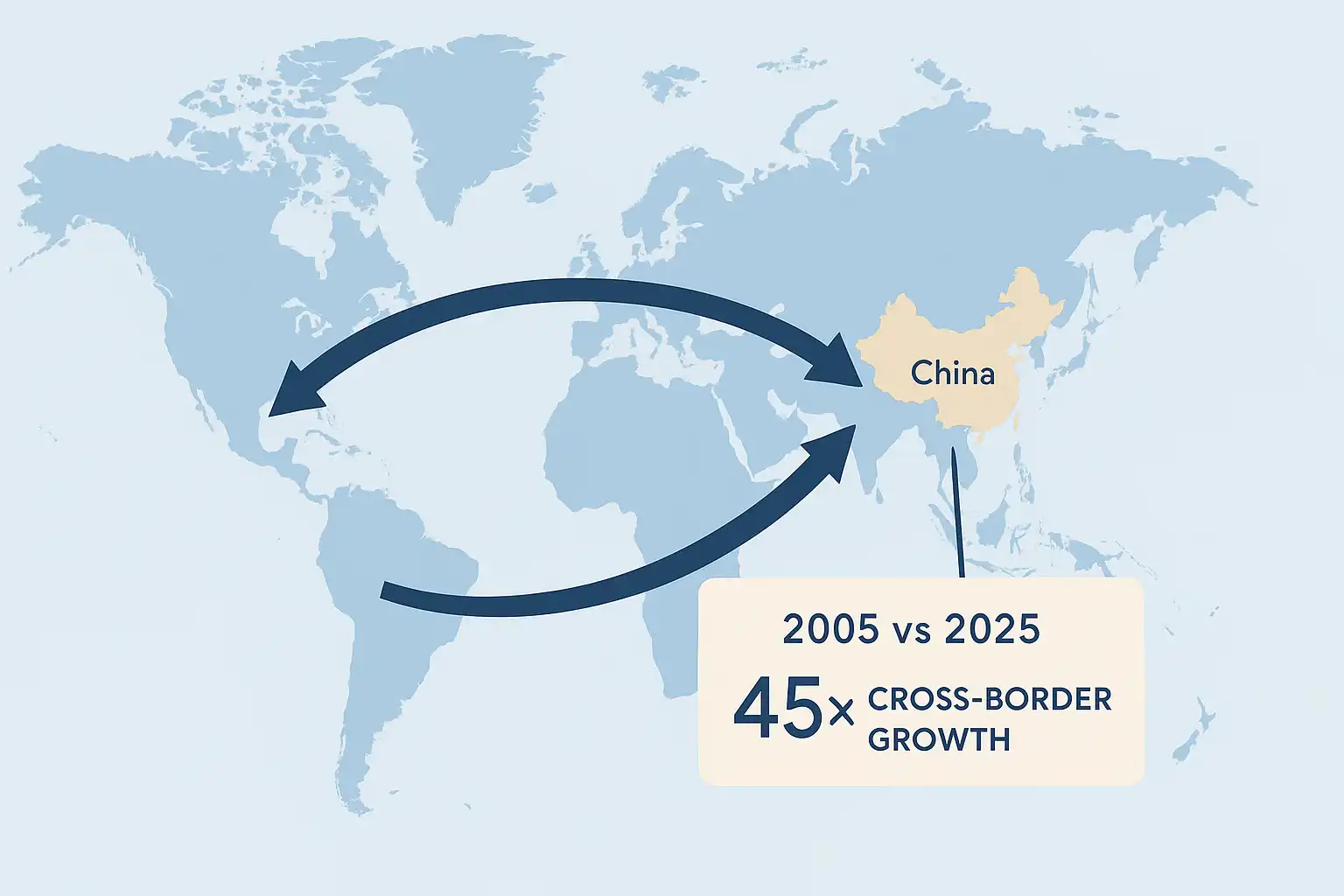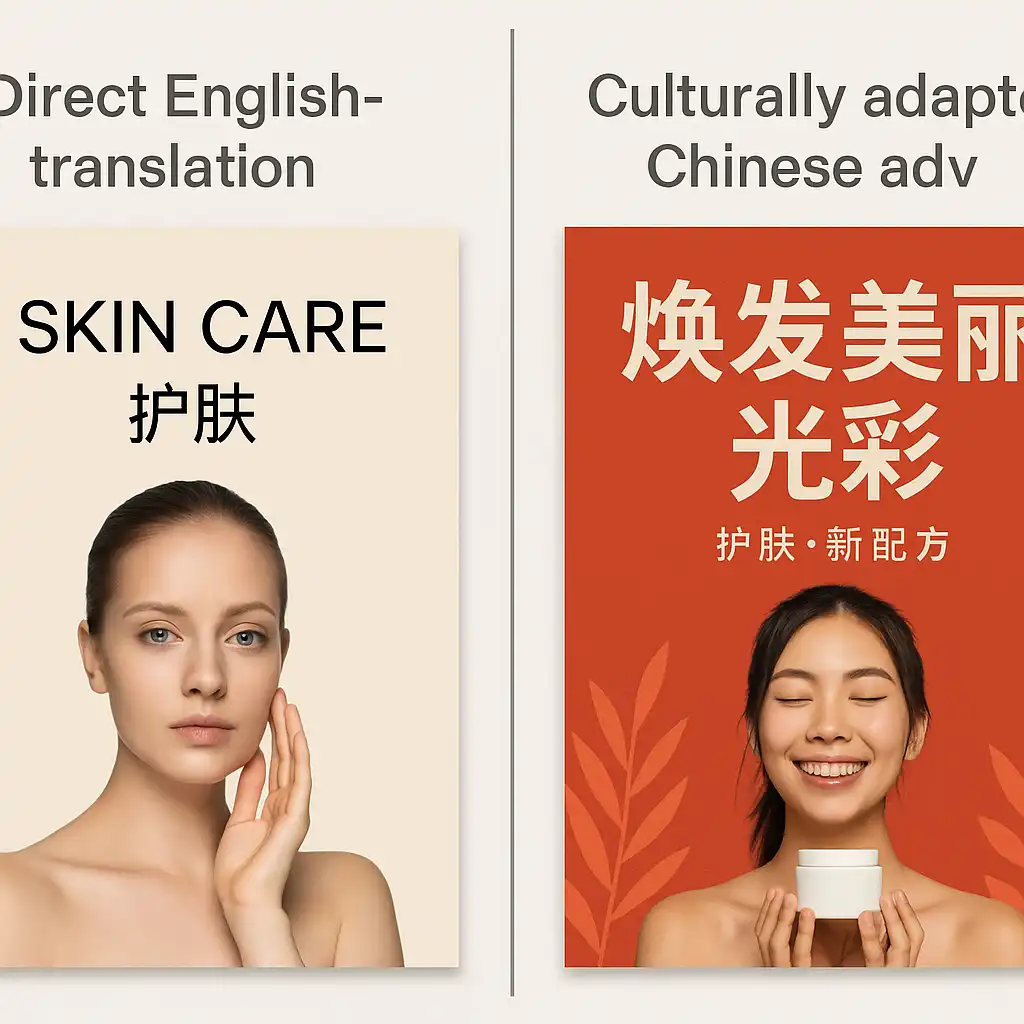Looking to grow your business in China? Translation and localization aren’t just nice-to-haves — they’re essential. In this post, we’ll walk you through:
🌍Quick Navigation:
- Why globalization needs a language-first strategy
- Translation vs. Localization
- Why Fortune 500 Companies Localize
- Brand Case Studies
- Understanding China’s Market
Let’s unpack how language opens doors in China’s digital-first world.
Global Growth Needs Local Adaptation
Globalization is reshaping how companies scale beyond their borders. With digital transformation and cross-border data growing 45x since 2005, opportunities and risks are multiplying fast.

Many Western companies are actively expanding eastward — despite economic uncertainties — thanks to the digital tools that make it easier than ever to reach customers around the globe. And when it comes to internet-driven economies, China is the second-largest market you simply can’t afford to ignore.
That’s where language strategy comes in.
Translation vs. Localization — What’s the Difference?
Before diving in, it’s crucial to distinguish translation from localization:

Translation is converting text from one language to another (like English to Chinese), staying true to the original meaning.
Localization is adapting everything — content, design, images, layout, even materials and logistics — to make it resonate with the target culture.
It’s about going beyond words. It’s about relevance. And for China, that means aligning your brand with local habits, tastes, and platforms — all without losing your identity.
Why Fortune 500 Companies Localize
Translation is not just a cost center — it’s a revenue driver. According to research from Common Sense Advisory:
- Fortune 500 companies that increased their localization budgets were 1.5x more likely to grow revenue.
- Many did it not just for sales, but for branding, customer service, and long-term market share.
Three out of four companies added new markets within a year. The trend is clear: those who localize, lead.
How Global Brands Localize for China
Clinique (under Estée Lauder) created a 40-episode web drama called Sufei’s Diary. Instead of direct ads, the show subtly featured skincare products — generating 21 million+ views and viral brand recognition.
Dove teamed up with the Chinese version of Ugly Betty (called Ugly Wudi) to spread their Real Beauty message. They localized their campaign via storylines, blogs, and online chats — resulting in 4x better ROI than traditional ads.
Walmart traded its Chinese e-commerce platform for a 5% stake in JD.com, gaining access to logistics, warehousing, and 150M+ users. Now, it combines physical stores with digital reach — and future-proof tools like drones and automation.
Coach launched the Footprints campaign on Weibo, giving away branded gifts in exchange for user data. The results? 157% increase in followers in just 5 days — and a strong brand connection with local fans.
Though Google services are blocked in China, they didn’t give up. Instead, they translated their developer site into Chinese and offered training for local partners. It was a small move — but one that built trust and community.
China Is Both Closed and Open — Here’s Why That Matters
Yes, many Western platforms (Google, YouTube, Twitter) are blocked. But China’s digital ecosystem — WeChat, Weibo, JD.com, Douyin — is massive and vibrant.
Urban Chinese consumers love foreign brands. They demand quality and style. In many ways, they’re not so different from those in NYC or London. But in rural or lower-tier cities, you’ll need a more nuanced approach.
That’s where translation and localization unlock growth.
The 3×30 Rule
As Jack Ma said in Davos:
- Focus on the next 30 years
- Serve those who are 30 years old today
- Empower those with fewer than 30 employees
Translation and localization aren’t just marketing tools — they’re growth tools. And in China, they’re your bridge to one of the world’s most complex, exciting, and opportunity-filled markets.
Want to talk about your China strategy? Let’s connect and localize your message the right way.
